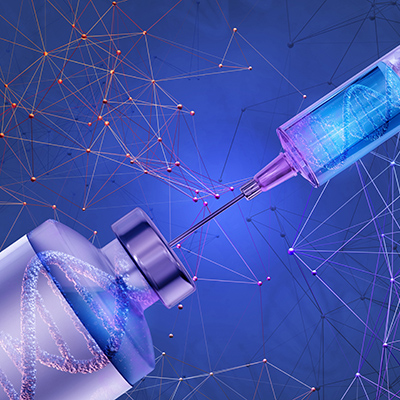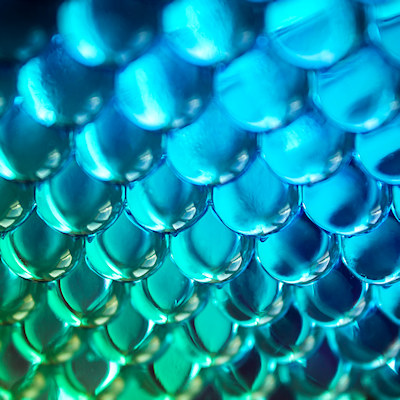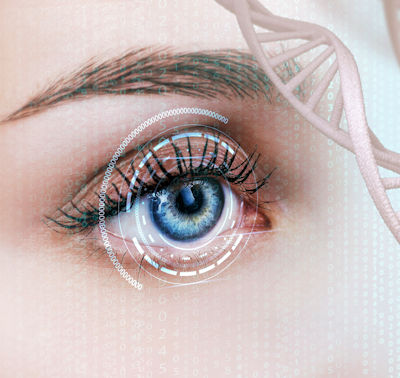June 15, 2023 -- Engineers have developed a jelly-like material that conducts electricity for use as an alternative to metal electrodes in medical implants.
Electrodes are essential to many implantable medical devices. The components are made from metal as the material conducts electricity, a critical attribute for applications such as the stimulation of muscles and nerves. However, the reliance on metal causes health problems. Over time, today's electrodes can aggravate tissues, driving scarring and inflammation, and degrade the performance of the implant.
Engineers at the Massachusetts Institute of Technology (MIT) have developed an alternative to metal. Writing in Nature Materials, the collaborators describe the development of a polymer hydrogel that has similar conductivity to metal and can be printed into flexible, rubbery electrodes.
"We believe that for the first time, we have a tough, robust, Jell-O-like electrode that can potentially replace metal to stimulate nerves and interface with the heart, brain and other organs in the body," Xuanhe Zhao, professor of mechanical engineering and civil and environmental engineering at MIT, said in a statement.
Most polymers are poor conductors of electricity, but in the 1970s researchers found that certain materials have high electrical conductivity. Building on those findings, Zhao's lab and other research groups have begun mixing particles of conductive polymers with hydrogel. The goal was to make flexible, biocompatible, and electrically conductive gels.
In early efforts, engineers randomly dispersed conductive polymer particles through the hydrogel. That approach failed to yield the desired materials. Improving the hydrogel's electrical properties meant diminishing its mechanical properties, resulting in materials that were either too weak and brittle, or were poor conductors of electricity.
The MIT team took a different approach. By mixing the two sets of ingredients so they slightly repel each other, a state known as phase separation, the engineers created a hydrogel made of long, microscopic strands of conductive and mechanical materials. Electricity is conducted along continuous strands of one material, and the continuous strands of the other material provide strength and elasticity.
Through tweaks to the recipe, the collaborators turned the material into an ink suitable for use with a 3D printer. The changes enabled the engineers to 3D print onto films of pure hydrogel in patterns similar to conventional metal electrodes. 3D printing could enable the fabrication of electrical interfaces for a wide range of medical applications.
Hyunwoo Yuk, a MIT graduate and co-author of the paper, co-founded a startup, SanaHeal, to develop bioadhesive technology. Yuk sees people recovering from heart surgery as immediate targets for the new material.
"These patients need a few weeks of electrical support to avoid heart attack as a side effect of surgery. So, doctors stitch a metallic electrode on the surface of the heart and stimulate it over weeks. We may replace those metal electrodes with our gel to minimize complications and side effects that people currently just accept," Yuk said.
Copyright © 2023 scienceboard.net









